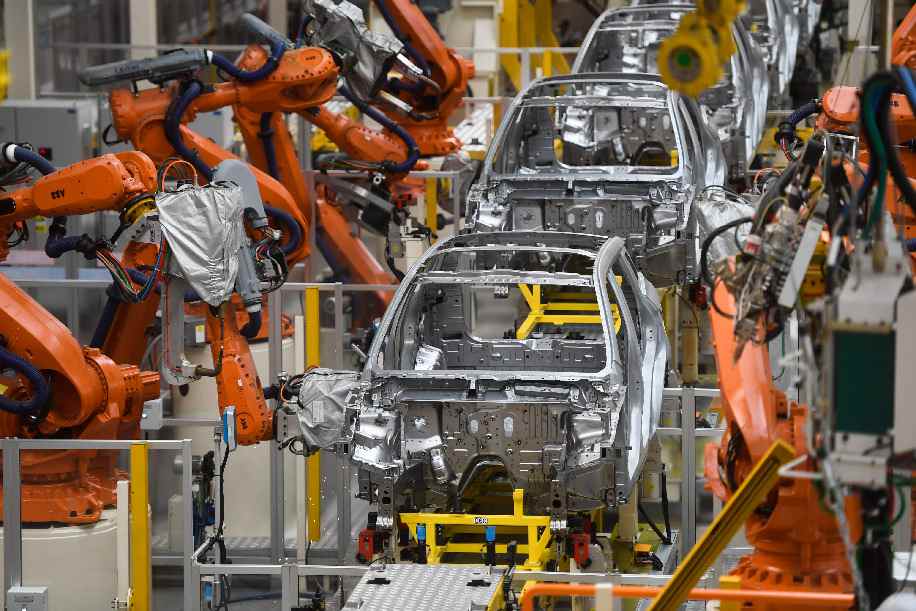(Xinhua)09:45, July 02, 2019![]()
BEIJING, July 1 (Xinhua) — Monday marks the 98th anniversary of the founding of the Communist Party of China (CPC). Across the country, various types of events — book readings, concerts, visits to memorials, and renewing vows — have been held to mark the occasion.
Founded in 1921, the CPC has grown from a small party of about 50 members into the worlds largest ruling party, with more than 90 million members.
A brick-and-wood building on Xingye Road in Shanghai, where the CPC held its first national congress, has been packed with visitors in days leading to the anniversary.
In 1921, delegates representing about 50 CPC members nationwide convened the first national congress in the building, though they later had to move to a boat on Nanhu Lake in Jiaxing of east Chinas Zhejiang Province due to harassment by local police.
The historic building has been open to the public as a museum since 1952.
Near Nanhu Lake, hundreds of members of the public gathered on a city square to present a chorus to wish the CPC a happy birthday. A relay run was held on Monday to commemorate the occasion.
Zhang Xianyi, the curator of the Nanhu Lake Revolution Museum, said the museum has become increasingly popular. On average, 11,000 people visit the museum and the boat every day. Last year, over 1.25 million people paid visits to the sites, he said.
Also on Monday, Li Jian, deputy manager-in-general of a private electronics maker in Zhengzhou, capital city of central Henan Province, had a new title. He was elected as head of a seven-member CPC branch in the company.
Li works in the Henan branch of the China Communication Technology Co., Ltd., a private company headquartered in Shenzhen.
Over the past decades, a growing number of private companies have set up CPC branches.
By establishing a CPC branch, I hope the organizational life of CPC members can facilitate progress in achieving company goals, Li said.
As a CPC member myself, I hope I can play a leading role in guiding our staff forward, he added.
Zhao Lei, an employee of the company and also a CPC member, said the spirit of Party building is in line with the entrepreneurial spirit in that it strengthens the sense of responsibility, innovation, attention to details and persistent learning.
A strong CPC organization attracts people to the company and lends a competitive edge to it, he said.
Establish a CPC branch — only a good company actively seeks to do such a thing, if you ask me. This company has been an honest one. We have complaints, and it responds to them, said company driver Su Nanju, who is not a CPC member.
Across the country, an education campaign on the theme of staying true to our founding mission has been launched throughout the Party in which members are called on to keep firmly in mind the fundamental purpose of whole-heartedly serving the people and its historic mission of realizing national rejuvenation.
In southwest Chinas Guizhou Province, a conference was held on Monday to commend outstanding CPC members in the battle against poverty. China vows to eradicate absolute poverty by 2020. In areas still perplexed by impoverishment, dedicated CPC members are leading the people to exert transformational changes.
People say if you have a daughter, never marry her to someone from Qinggangba, because she would have nothing to eat but pickled vegetables, said Leng Chaogang, Party chief of the Qinggangba village at the conference.
But now, people here have become rich thanks to good policies of the Party, dedicated work of the cadres, and the relentless strength of the people. We will continue to work harder to make our lives better, he said.





